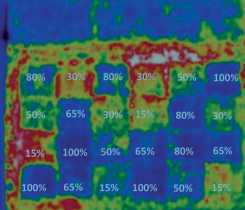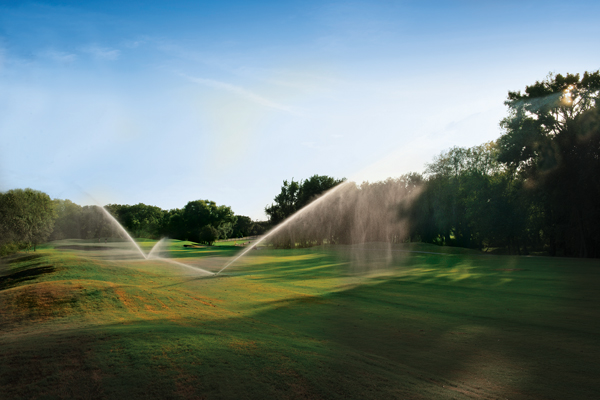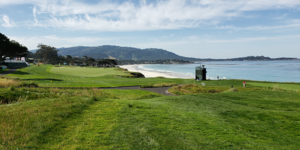sUAS, sensors and golf courses
Dale Bremer, Ph.D., is a turfgrass scientist at Kansas State University, where he conducts research using small unmanned aircraft systems (sUAS, commonly referred to as drones by laymen) and sensors on turfgrass research plots and golf courses to determine how to get value from this emerging technology. Contact Bremer at bremer@ksu.edu for more information.
Q: Describe the technology of the unmanned aircraft systems and sensors available for use on a golf course today.
The technology of sUAS and sensors is changing rapidly. Whether a fixed wing or copter, sUAS are becoming widely available and affordable, more user friendly, and the quality and safety features are improving. The FAA in August 2016 issued regulations for the use of sUAS. These regulations should help speed up the development of all uses of sUAS, including potential use on golf courses.
Sensors are getting cheaper, easier to use and the quality is improving. We have used three general types of sensors in my research: a digital camera, a digital camera modified to collect data on specific bands of light and a thermal camera.
Q: How can a superintendent use sUAS and a sensor today on their golf course?
One of the simplest uses today would be to fly a golf course with sUAS equipped with a digital camera. The superintendent could view the images and look for problems and patterns that may not be visible at ground level.
While I have not tried this, sUAS and digital camera, followed by processing the images with specialized software, could be used to fly a golf course being built or undergoing renovation to create 3D maps that would show elevations, contours, slopes and the position of features such as greens and bunkers. Superintendents can use this information to guide the design and construction of the golf course.
At this time, if a superintendent is using Normalized Difference Vegetation Index (NDVI) data, which is a measure of plant stress, help interpreting the NDVI data will be required. While it is possible to collect the NDVI data from a golf course, interpreting the data is in its infancy. One of the challenges is to identify a problem while it is still minor, before it becomes a major problem.
Also, processing the data is a challenge. In general, sUAS flies a grid pattern over a green or other area of the golf course, taking an image every two or three seconds. Because each image is of only a small portion of the green, all the images need to be stitched together using software (cloud-based data processing services are also available) to create a single image of the entire green. Next, the image needs to be analyzed and the data interpreted.
Q: What is your take about businesses offering a service to fly a golf course with sUAS and provide data to the superintendent?
Operating sUAS and acquiring data are getting to be pretty straightforward. If the data are images from a digital camera showing the golf course, that can be helpful. Interpretation of NDVI data is less certain. We are still learning how to interpret and use NDVI data for turf management.
Q: Anything else you would like to add?
I believe sUAS and sensors will become a regular part of the information gathered to help manage a golf course.
If you are considering using sUAS on your golf course, be aware that inadequate or poorly designed equipment is being marketed. Conduct careful research to ensure the investment will be capable of delivering the desired data. Also, please learn about the rules and regulations regarding sUAS use in your community and be aware of privacy concerns of golfers and people living in the homes that surround many golf courses. Finally, operating sUAS above people always should be a concern.











